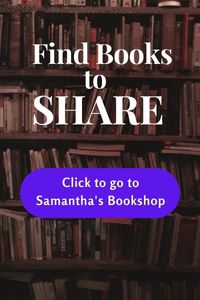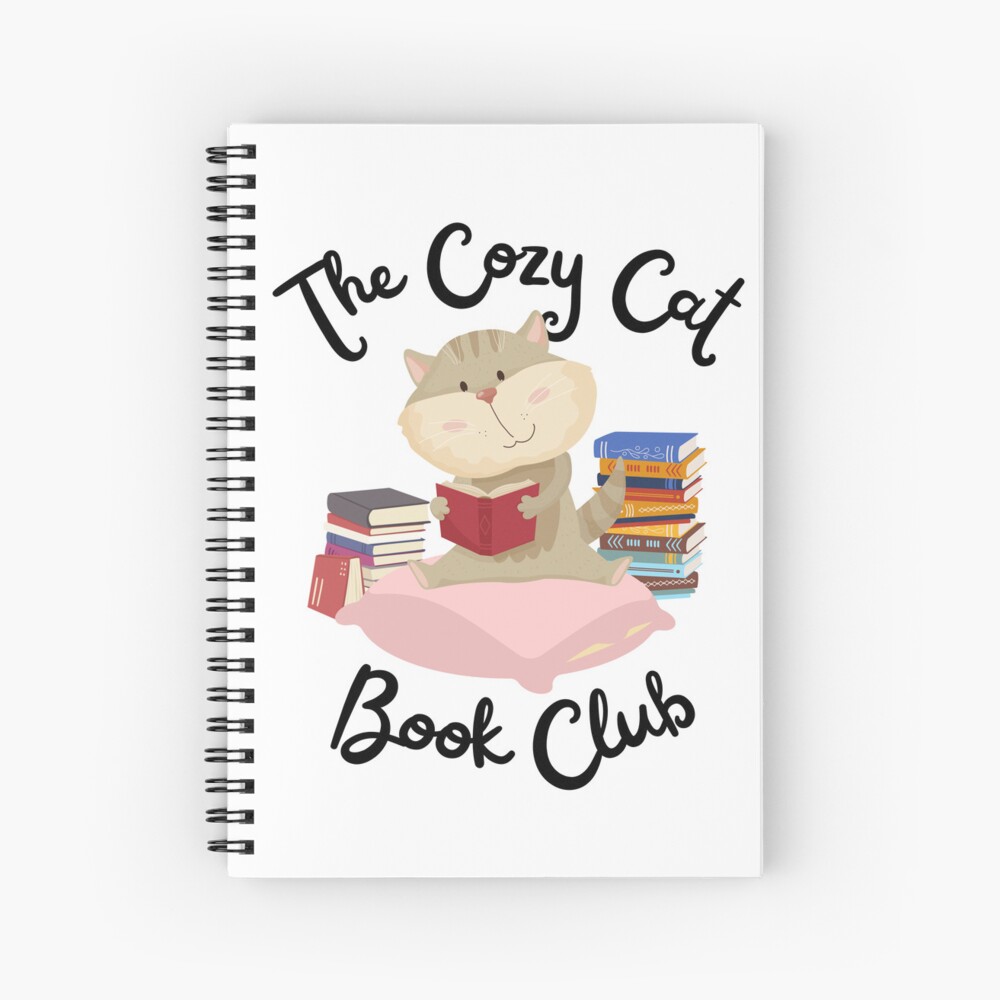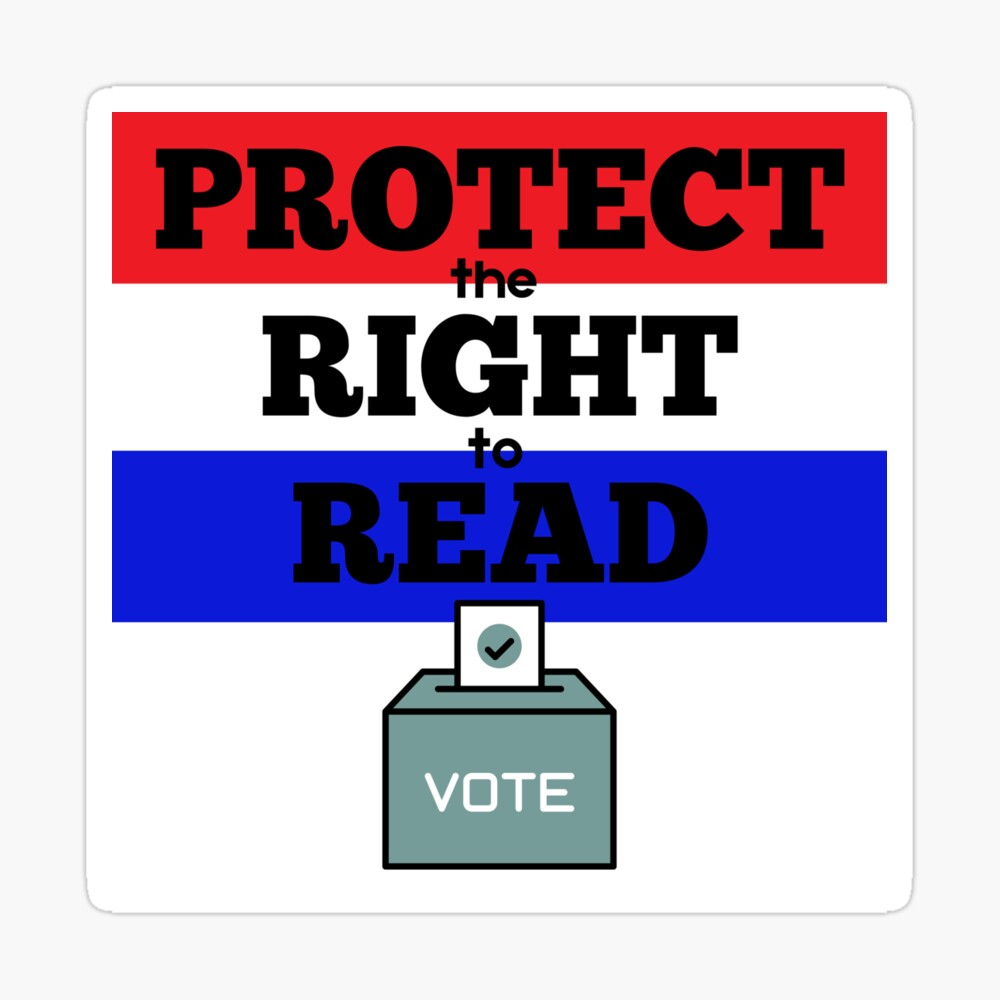 When I got the idea for ARROW, it was this: A boy with one hand lived in a tree. I didn’t know why he lived in a tree or why he had a limb difference, but if there’s one thing I’ve learned in my career as an author, it’s to honor what my characters tell me about themselves. My job is to do all the research necessary to tell their story as accurately as possible. That’s where expert readers came in. Since I don’t have a limb difference, I looked for someone with a limb difference as close as possible to Arrow’s, and I found not one but two. Sarah Tuberty and Nicole Kelly run the brilliant Disarming Disability podcast. When I was drafting the story, I had tried everything Arrow did with one hand, but I couldn’t possibly understand what it truly means to live with a limb difference. That’s why Sarah and Nicole’s notes on my book were enormously helpful. They helped to take my book the best that it can be, and I’m enormously grateful. Because of working with them, I’ve even incorporated a limb difference character into the GEMSTONE DRAGONS series, and Sarah and Nicole have helped make Amber wonderful too. Expert readers are indispensable, which is why I’m interviewing Sarah today.
When I got the idea for ARROW, it was this: A boy with one hand lived in a tree. I didn’t know why he lived in a tree or why he had a limb difference, but if there’s one thing I’ve learned in my career as an author, it’s to honor what my characters tell me about themselves. My job is to do all the research necessary to tell their story as accurately as possible. That’s where expert readers came in. Since I don’t have a limb difference, I looked for someone with a limb difference as close as possible to Arrow’s, and I found not one but two. Sarah Tuberty and Nicole Kelly run the brilliant Disarming Disability podcast. When I was drafting the story, I had tried everything Arrow did with one hand, but I couldn’t possibly understand what it truly means to live with a limb difference. That’s why Sarah and Nicole’s notes on my book were enormously helpful. They helped to take my book the best that it can be, and I’m enormously grateful. Because of working with them, I’ve even incorporated a limb difference character into the GEMSTONE DRAGONS series, and Sarah and Nicole have helped make Amber wonderful too. Expert readers are indispensable, which is why I’m interviewing Sarah today.
Welcome, Sarah! I’m so glad you’re here. Tell us about yourself.
Hi!! My name is Sarah. I love adventure and travel and exploring new places. I have a congenital hand difference, which are the words that I chose to use when discussing myself and my body—these ones seem to fit me best. It means that my hand is a little different than expected and that this difference was present at birth. My days are spent as an Occupational Therapist at a children’s hospital, learning how to both coach and expand adaptive circus programs, building and consulting on disability narratives, and caring for my tiny jungle of house plants.
Tell us about your wonderful Disarming Disability podcast. Why did you start it and what do you cover?
Disarming Disability came out of a personal knowledge seeking quest. Both Nicole and I struggled to understand our experiences and intentionally sought out education and resources on the disabled experience. We both found that research has been done for the past century, that theories have been developed yet we, as people who were actually living the experience did not have access to it. We thought, this is a HUGE gap and we need to help fill it, thus the Disarming Disability Podcast was created.
Disarming Disability Podcast has 3 chapters per season, with 3 experts per podcast, we found that this creates a deeper understanding of a given topic as we really get to dive into various expert perspectives. We seek out researchers, professors, and disability leaders and have candid conversations on the collective disabled experience, such as Disability Representation in the Media, Disability History, Sexuality and Intimacy. We are currently in the process to launch Season 3 shortly!
When you were growing up, did you see yourselves in a lot of books?
Throughout my childhood, I only saw one representation of myself in a book or a movie—can you guess who it was? Captain Hook! Which of course is less than ideal. Big sigh.
As a child, I had to fight the stigma that hand differences were bad and that we were somehow villains. The lack of representation and even knowing that there were other kids out there with hand differences made me feel alone in my flight against disability stigma. With every stare and question “what happened to your hand” and every “eww that’s gross” comment, I felt a significant amount of shame for my body. I felt that this experience was my “burden” and it was my responsibility to find quick adaptive solutions to two-handed tasks on my own while making others feel comfortable in the presence of my hand. This was quite exhausting work and pressure on an 8-year-old’s self-esteem and self-concept.
Why do you think it’s important for kids to be able to see themselves in books?
To see yourself and to be seen as a kid is massively important. Children can begin to develop a self-concept, or how children fits into the world around them, at about 8 years old. Here children are really soaking up and truly listening and understanding the messages they experience around them. This is when they develop positive or negative self-image, or experience messages that threaten their self-esteem. If the only messages they receive about their disability from media outlets are negative, then they build that into their self-concept. They may pick up on ableist thoughts and ideals and turn them inwards, which is called Internalized ableism. This can impact their likelihood to engage in activities that they want to do and need to do, such as recreational sports, employment, dating, or leisure activities.
It is more difficult to build a pathway to the things we want if we can’t imagine ourselves being there. It is very easy to think “this is not possible for me.” When we can witness people like us in these spaces, this thought pattern changes. We can imagine that this is a very real possibility and it is easier to build the pathway. When our children read that Arrow climbs trees, it sends the message to children with and without limb differences that kids with limb differences climb trees. This is a simple yet powerful message for all of us.
When our children read that Arrow climbs trees, it sends the message to children with and without limb differences that kids with limb differences climb trees. This is a simple yet powerful message for all of us.
I asked you to be an expert reader for ARROW to make sure that my representation of Arrow’s limb difference is as accurate as possible in the book, and you helped me so much! Why do you think it’s important that representation is accurate in books and other media? And how can expert advice from people with that lived experience make a difference?
Accurate representation is crucial as it helps develop the true narrative of disability. For far too long, disabled stories have been written for our community by members who make assumptions about the disabled experience and through how our media outlets share with us the role of disability in larger society.
If we revisit Captain Hook, his story line tell us 3 things:
- Captain Hook was born with both hands: telling us that congenital limb differences don’t exist and that “something must have happened” to all of our hands.
- He is a Villain: This upholds the trope that imperfect bodies are bad, scary, and not to be trusted
- He is vengeful: This tells us that the disabled should be angry, resentful and wants to take this anger out on his community, instead of effectively coping with an acquired injury and building a fulfilling life post-injury.
Weaving authentic experiences into the fabric of our stories helps to teach all of us that disability exists, disability alone does not determine the personality of a person, and that disabled lives are just as complex and beautiful and fun and annoying as all of our lives.
Wonderful! And so true. Thank you, Sarah.
And everyone, make sure you check out the Disarming Disability podcast, where you can find out more about living with a limb difference.






